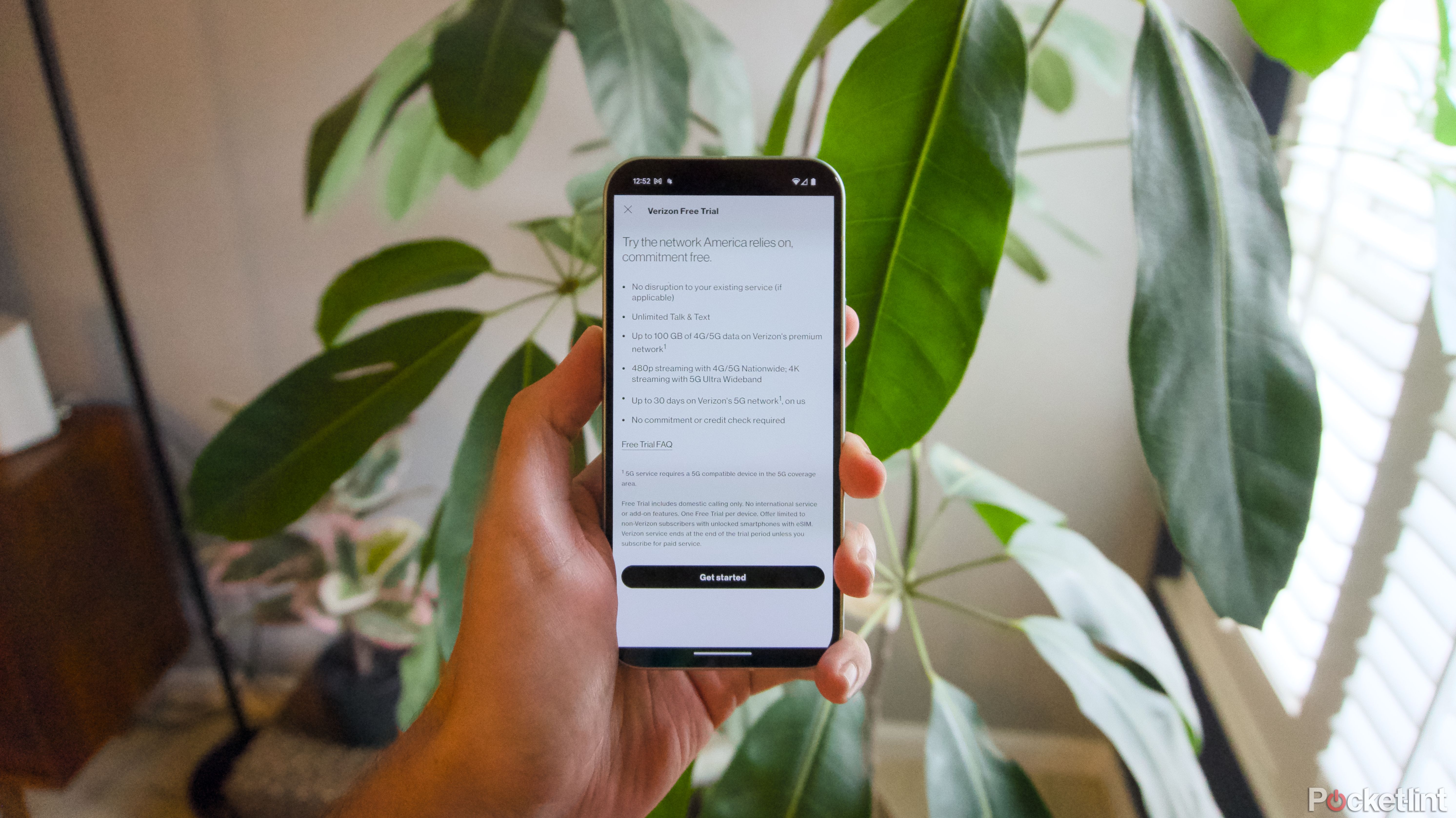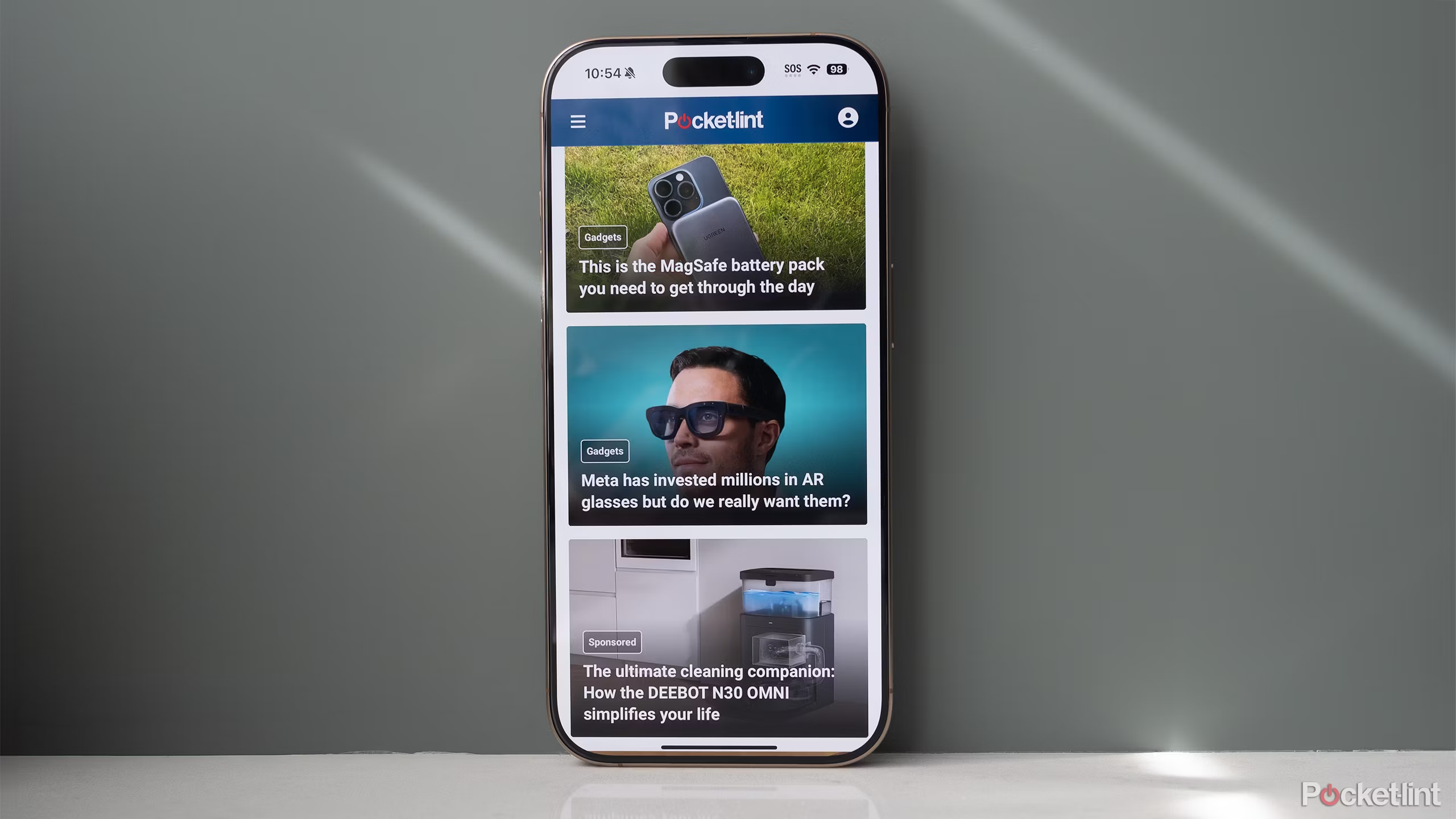Key Takeaways
- Carriers like Verizon, T-Mobile, and AT&T offer free trials of their networks through their apps.
- The system works because of eSIM technology.
- eSIMs come with their own annoyances when you want to change phones.
Getting a new smartphone used to be defined by how restrictive the process was. You were committed to a carrier, often for two years or more, and the phone you bought was locked to their network until you paid it off. Essentially, your mobile network ran the show.
Things have vastly improved in the last eight years. For one, the majority of phones come unlocked by default. That means you can take them to any carrier you want if you own them. Carrier plans have also gotten looser, and more desperate to keep you around with bundles and additional benefits. Things haven’t exactly gotten cheaper, but they have become a little less visibly hostile. If you’re shopping for a new mobile network, you can try out a carrier without committing upfront or dealing with constant upselling in-store just by downloading an app. The entire process feels like a slice of the future, but it’s only possible because of the compromises inherent to eSIMs.
Related
5 reasons I use Google Fi on my phone over other carriers
Google isn’t only a smartphone maker, it also provides it’s own cellular network that works with Android phones and iPhones.
You can download a new carrier like an app
AT&T, T- Mobile, and Verizon support it
Currently, my Pixel 9 is on Google Fi Wireless, an MVNO run by Google that uses T-Mobile’s network to offer service in the United States. I wanted to try another carrier to see if I could get more reliable service in Central California, so I decided to trial Verizon’s network first to see if it would make a difference. Just like T-Mobile and AT&T, if you download the My Verizon app, you can manage your existing account or sign up for a “Verizon Free Trial” to see what all the fuss is about. Verizon’s trial promises a few things:
- No disruption to your exiting service
- Unlimited talk & text
- Up to 100GB of 4G/5G data
- 480p streaming with 4G/5G, 4K streaming on 5G Ultra Wideband (if your phone supports it
- No commitment or credit check required
You need a phone that supports eSIM (a digital SIM card) and isn’t already one of Verizon’s networks, but otherwise, it seems like there are no other strings attached. You don’t have to enter a credit card number, and the only thing you’re giving away is your email, current phone number, and name.
The entire process is surprisingly simple and user-friendly to set up on your phone, too.
Verizon — and the other carriers with a sign-up process that’s nearly identical — suggest setting up your eSIM so that the trial network delivers your phone’s data and your calls and texts still come from your current provider. That way there’s no mix-up with phone numbers. The entire process is surprisingly simple and user-friendly to set up on your phone, too.
How to sign-up for Verizon’s free trial
If you want to try for yourself, make sure your phone is unlocked and not currently limited to whatever network you’re currently on. You should also make sure that if you’re using Verizon’s trial you’re not already on Visible, Tracfone, or Verizon itself. Then download the My Verizon app from the Play Store or App Store.
- Open the My Verizon app.
- Agree to Verizon’s terms.
- Tap on Verizon Free Trial.
- Sign in with your preferred Google Account.
- Tap on Get started.
- Enter in your information.
- Tap Continue and Verizon will set up your new trial number and download your eSIM to your phone.
- Once it downloads, tap on Settings to activate your eSIM.
- Set your Calls and Texts to your current cell network and your Data to Verizon by tapping on each category and choosing an eSIM.
The eSIM will be activated, and you’ll receive a notification that your number is live. Your phone should now be connected to Verizon’s network.
eSIM makes everything seamless — and more complicated
Very few things about owning a smartphone are this simple
I noticed an immediate difference between using Verizon for data over Fi. You can chalk that up to the difference between the two network’s coverage areas (and the second-class experience MVNO data receives), but what impressed me more was that I could experience the difference just by downloading an app.
None of this would be possible without eSIM support. eSIMs were officially introduced by the GSMA in 2016 and supported by iOS and Android in 2018 and 2017, respectively. An eSIM is a piece of software that takes the place of a physical SIM card. Unlike a SIM, which you could theoretically move from one device to another without experiencing a disruption of service (there are exceptions like the activation carriers often require), eSIMs are entirely facilitated by the carrier. They decide whether you can download it from your phone and if you move it to a new device.
Because they don’t need to be shipped to you or need a store employee to activate them, you can have a carrier experience that’s entirely remote and automated. It streamlines everything and makes new, genuinely helpful experiences like these career trials possible. However, the end of physical SIMs has drawbacks.
…eSIMs are entirely facilitated by the carrier.
While the whole system is a significant win for anyone trying to comparison shop, it also limits how much of the smartphone experience you own. If you’re still paying for the service, you should theoretically be able to move it to whatever device you want. That’s not the case with an eSIM. The process is always improving, but the prevalence of digital SIMs means that you might not fully own your phone or have access to the service it runs on.
Free trials mean you can be a more informed network shopper
Try before you buy
These carrier trials aren’t available everywhere, but they are a unique benefit of shopping for a new mobile network in the U.S. that’s worth exploring. You can look at a coverage map and get a sense of what mobile network will work best in your area, but nothing beats actually being able to try it first. With the right app downloaded, you can.
If you’re looking for something a little different from mainstream carriers, Pocket-lint has in-depth coverage of Mint Mobile and Google Fi Wireless. If you’re looking to try one of these carrier trials yourself, you can download one of the apps below.
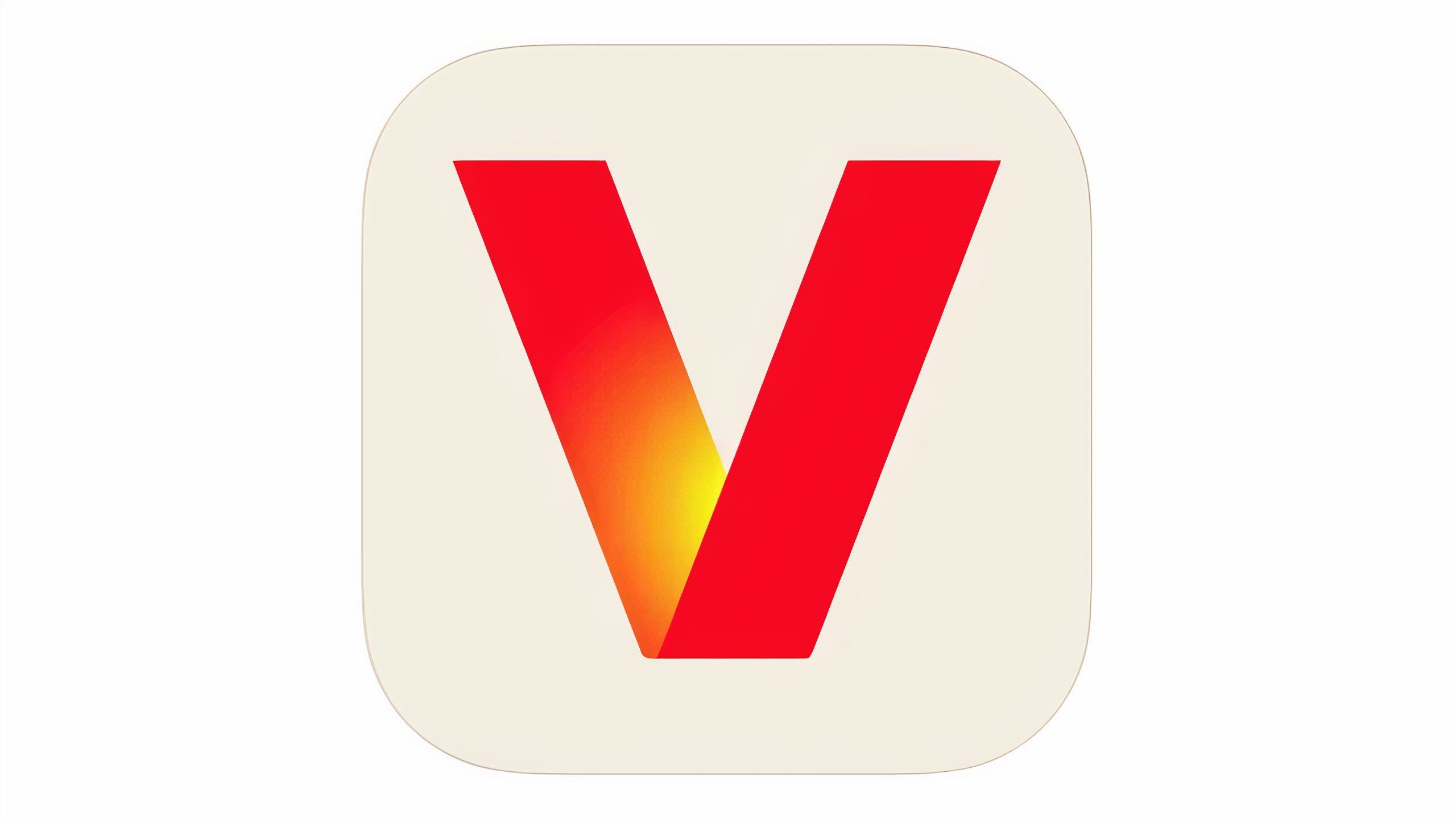
My Verizon
The My Verizon app lets you manage your existing Verizon account, pay your bills, and download an eSIM to try Verizon’s network directly from your phone.
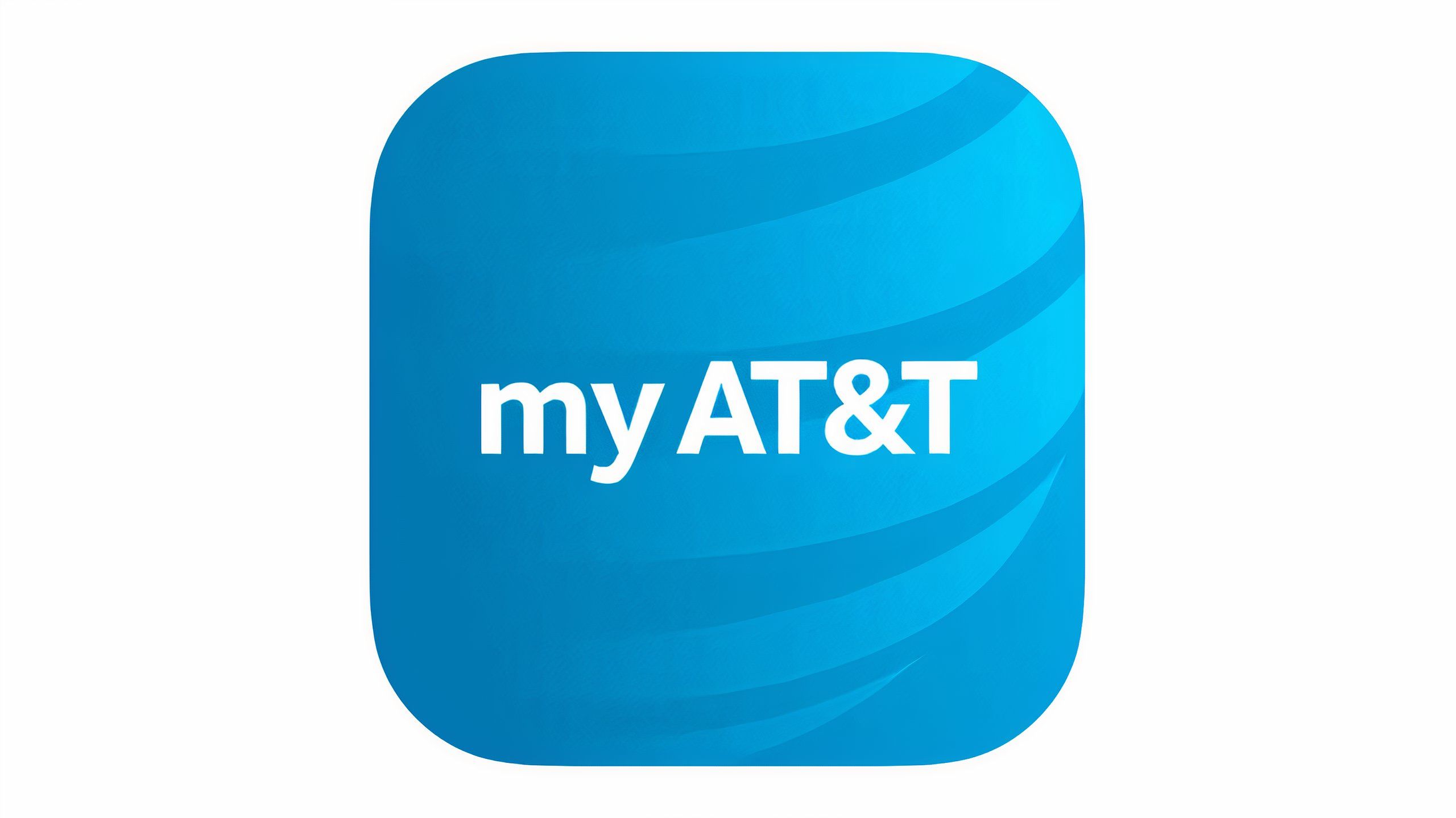
myAT&T
The myAT&T app let’s you manage your AT&T mobile and home wireless plans, along with sampling AT&T’s service directly from your phone.
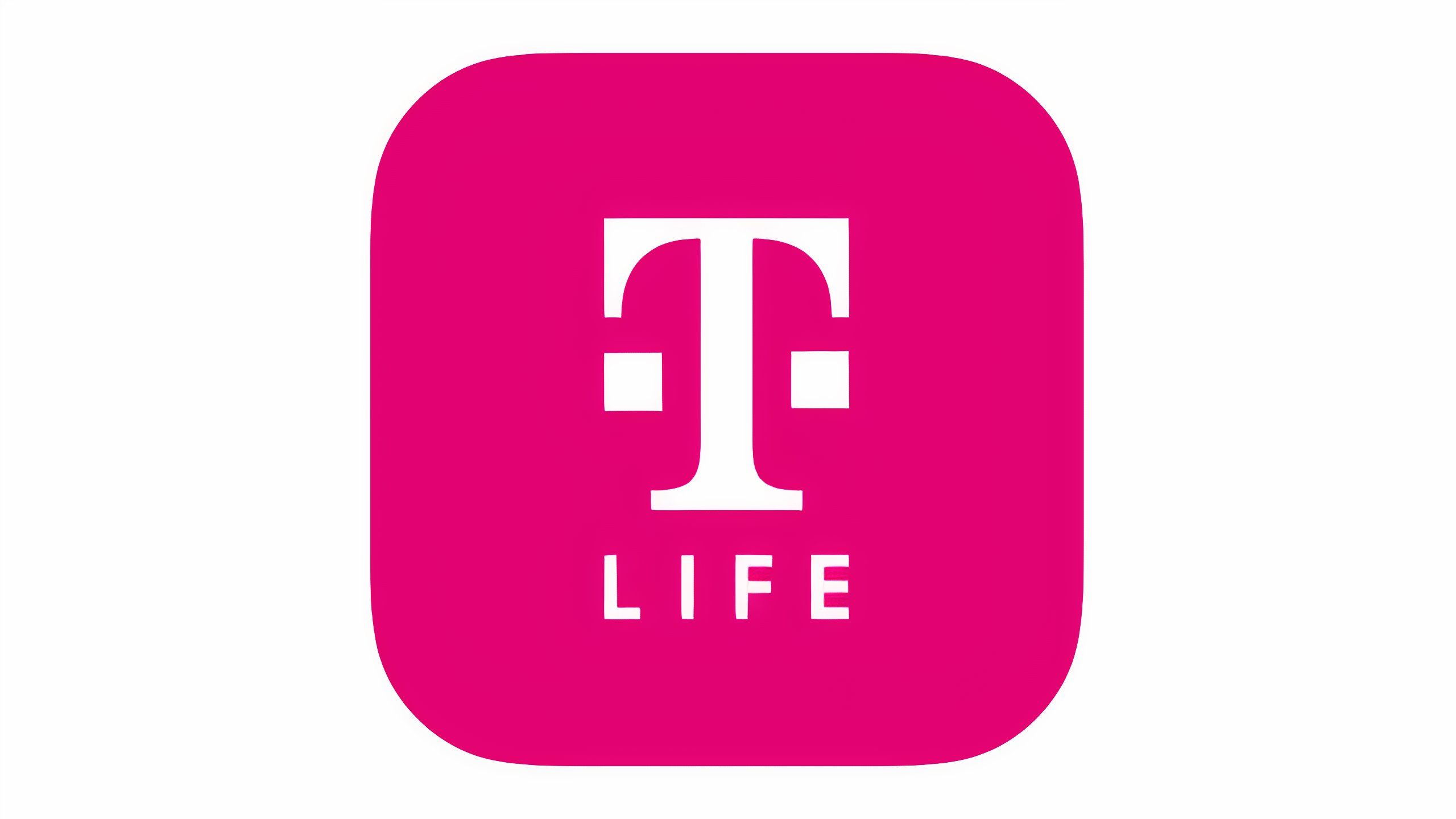
T-Life
The T-Life app lets you manage your T-Mobile account, pay bills, shop for new devices, and sample T-Mobile’s network directly from your phone.
Trending Products

Cooler Master MasterBox Q300L Micro-ATX Tower with Magnetic Design Dust Filter, Transparent Acrylic Side Panel, Adjustable I/O & Fully Ventilated Airflow, Black (MCB-Q300L-KANN-S00)

ASUS TUF Gaming GT301 ZAKU II Edition ATX mid-Tower Compact case with Tempered Glass Side Panel, Honeycomb Front Panel…

ASUS TUF Gaming GT501 Mid-Tower Computer Case for up to EATX Motherboards with USB 3.0 Front Panel Cases GT501/GRY/WITH Handle

be quiet! Pure Base 500DX ATX Mid Tower PC case | ARGB | 3 Pre-Installed Pure Wings 2 Fans | Tempered Glass Window | Black | BGW37

ASUS ROG Strix Helios GX601 White Edition RGB Mid-Tower Computer Case for ATX/EATX Motherboards with tempered glass, aluminum frame, GPU braces, 420mm radiator support and Aura Sync

CORSAIR 7000D AIRFLOW Full-Tower ATX PC Case â High-Airflow Front Panel â Spacious Interior â Easy Cable Management â 3x 140mm AirGuide Fans with PWM Repeater Included â Black


